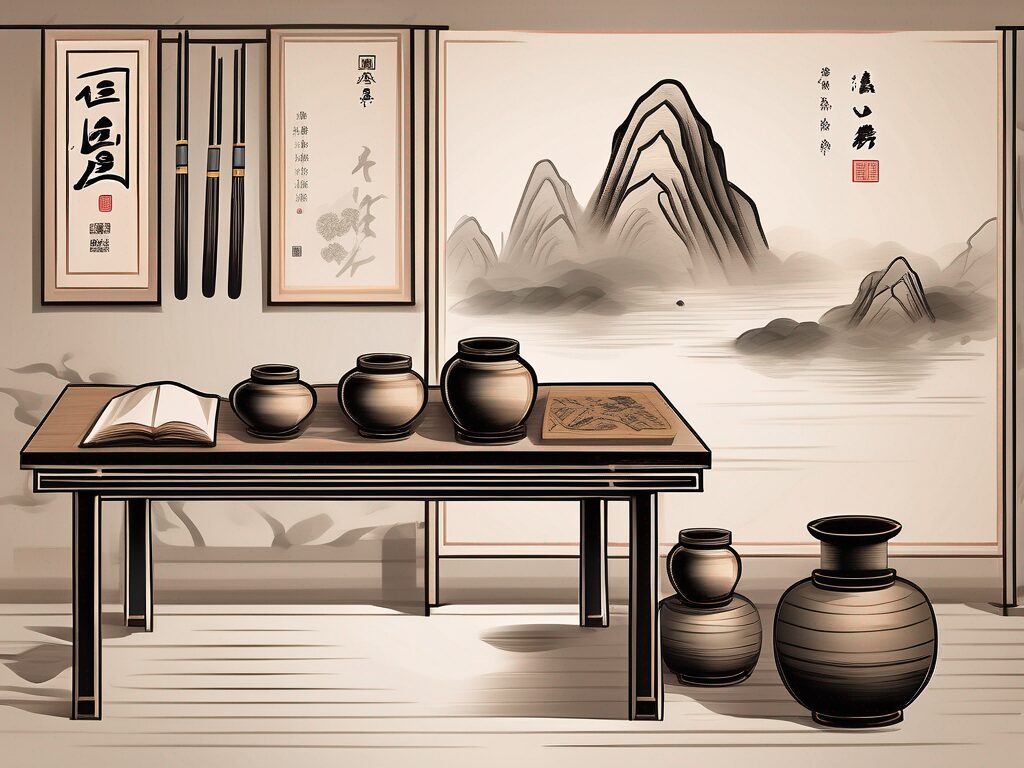Arts and Humanities Education in China: Trends for 2025
The arts and humanities have long been integral to China’s cultural identity, shaping its historical narrative and contemporary society. From ancient dynasties to the present day, China has been a hub of artistic and philosophical innovation, yielding a rich tapestry of literature, music, visual arts, and philosophical thought. In the current educational landscape, this legacy is actively preserved and promoted through a robust arts and humanities curriculum. This guide aims to provide an in-depth analysis of the structure, significance, and distinctive features of arts and humanities education in China, particularly as we look towards 2025.
Structural Overview of Arts and Humanities Education in China
Curriculum Framework
The curriculum for arts and humanities education in China is both comprehensive and multifaceted. It encompasses a wide array of subjects, including literature, history, philosophy, music, visual arts, and drama, from primary education through to higher education. This inclusive approach is designed to cultivate creativity, critical thinking, and a profound appreciation for cultural heritage.
At the primary and secondary education levels, arts and humanities subjects are embedded within the core curriculum. Students engage with traditional Chinese literature and history alongside global literary and historical contexts. Music and visual arts are mandatory components, with students acquiring skills in musical performance and artistic creation. Drama education further enhances creative expression and performance capabilities.
Pedagogical Approaches
The pedagogical strategies employed in Chinese arts and humanities education reflect a synthesis of traditional and contemporary methodologies. While rote memorization remains prevalent, particularly in literature and history, there is a notable shift towards interactive, student-centered learning environments. In music and visual arts classes, for instance, students are encouraged to innovate and produce original works, thereby fostering individual creativity.
Moreover, the integration of technology into the educational framework has gained momentum. Digital resources and tools are increasingly utilized to enrich the learning experience. For example, virtual reality applications are employed in history lessons to provide immersive explorations of significant historical events, enhancing student engagement and comprehension.
The Importance of Arts and Humanities Education in China
Cultural Heritage and Identity
Arts and humanities education is pivotal in the preservation and promotion of Chinese cultural heritage. By studying traditional literature, music, and visual arts, students develop a profound understanding of their cultural roots, fostering national pride and respect for cultural diversity.
This educational focus also serves to connect historical perspectives with contemporary societal issues. Engaging with the works of historical philosophers and artists allows students to gain insights into the human experience across different eras, enriching their understanding of modern society.
Personal and Intellectual Development
In addition to cultural enrichment, arts and humanities education significantly contributes to personal and intellectual growth. It nurtures essential skills such as creativity, critical thinking, and empathy. For instance, literature studies enhance linguistic proficiency and foster empathetic understanding by encouraging students to explore diverse perspectives. Similarly, music and visual arts education provide avenues for creative expression and personal exploration.
Furthermore, this educational domain encourages students to engage in critical analysis and reflection on various aspects of human existence, promoting intellectual curiosity and a lifelong commitment to learning—qualities that are indispensable in the 21st century.
Distinctive Features of Arts and Humanities Education in China
Integration of Traditional and Contemporary Elements
A defining characteristic of arts and humanities education in China is the integration of traditional and contemporary elements within the curriculum. Students are exposed to both classical Chinese works and modern global literature, ensuring a well-rounded educational experience. This integration is mirrored in teaching methodologies, where traditional rote learning is complemented by innovative, interactive approaches.
The incorporation of technology into the arts and humanities curriculum is another notable feature. From virtual reality experiences in history classes to digital platforms for art creation, technology enhances the educational experience and engages students in novel ways.
Focus on Practical Application
Another unique aspect of arts and humanities education in China is the emphasis on practical application. Beyond theoretical knowledge, students are encouraged to apply their learning in tangible ways. In music and visual arts classes, for example, students create original works, while literature and history classes often involve debates and discussions that apply critical thinking skills.
This focus on practical application not only enhances engagement but also equips students with vital skills such as creativity, problem-solving, and effective communication.
In summary, arts and humanities education in China represents a dynamic and multifaceted field that is essential for cultural preservation, personal development, and the cultivation of globally aware citizens. With its unique blend of traditional and modern elements, this educational sector offers a rich and engaging learning experience that prepares students for the challenges and opportunities of the future.
Enhance Your Teaching Career with IPGCE
As you consider the pivotal role of arts and humanities education in shaping future generations, contemplate advancing your teaching career through the International Postgraduate Certificate in Education (IPGCE). This program offers a pathway to enhance your qualifications, navigate the complexities of international school requirements, and join a community of educators who have experienced a 50% increase in interview callbacks. With the IPGCE, you will gain insights into global education systems, enjoy a 45% increase in promotion rates, and benefit from significant salary enhancements. Engage with a vibrant professional network, adapt to diverse educational environments, and balance your professional development with flexible online study options. Seize this opportunity—Join the UK’s leading Teacher Training Course today and empower yourself to make a lasting impact in the realm of arts and humanities education.

